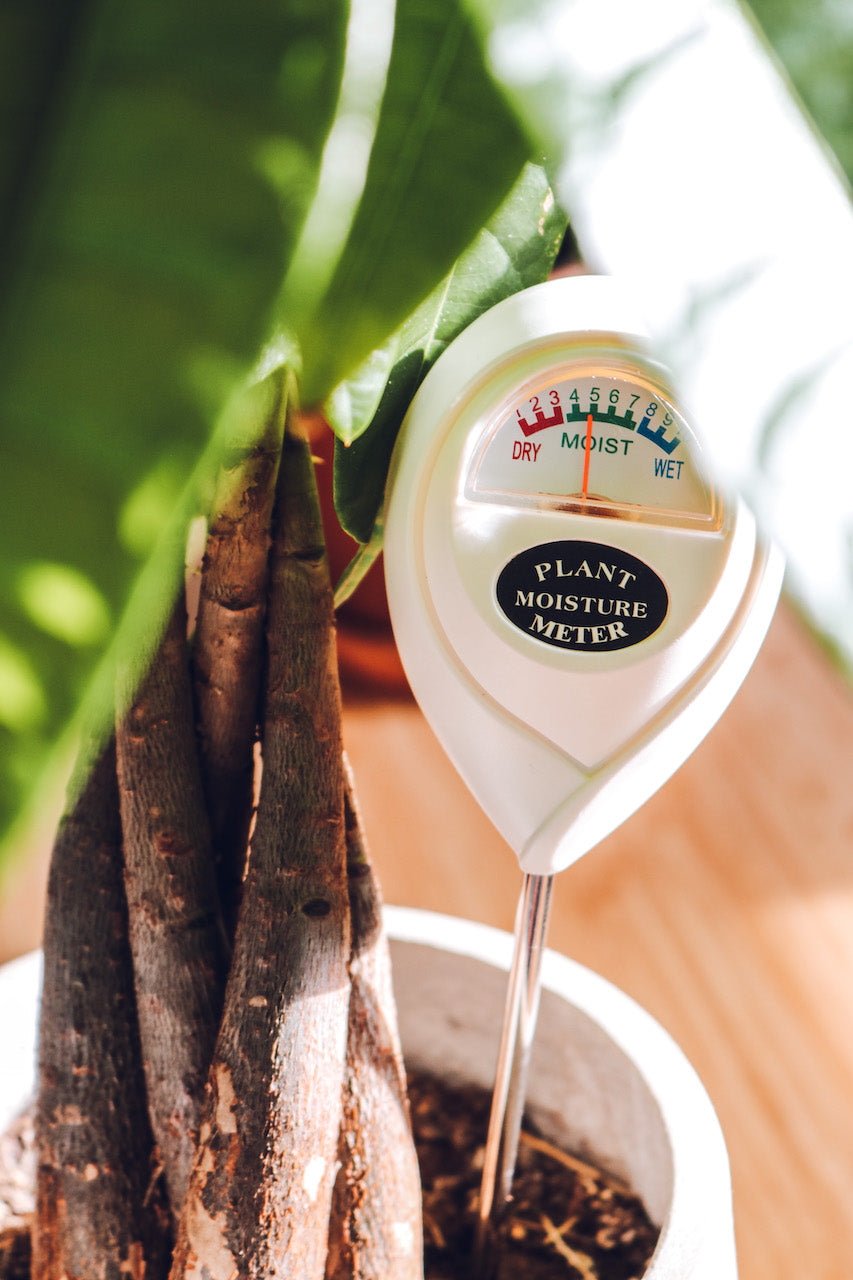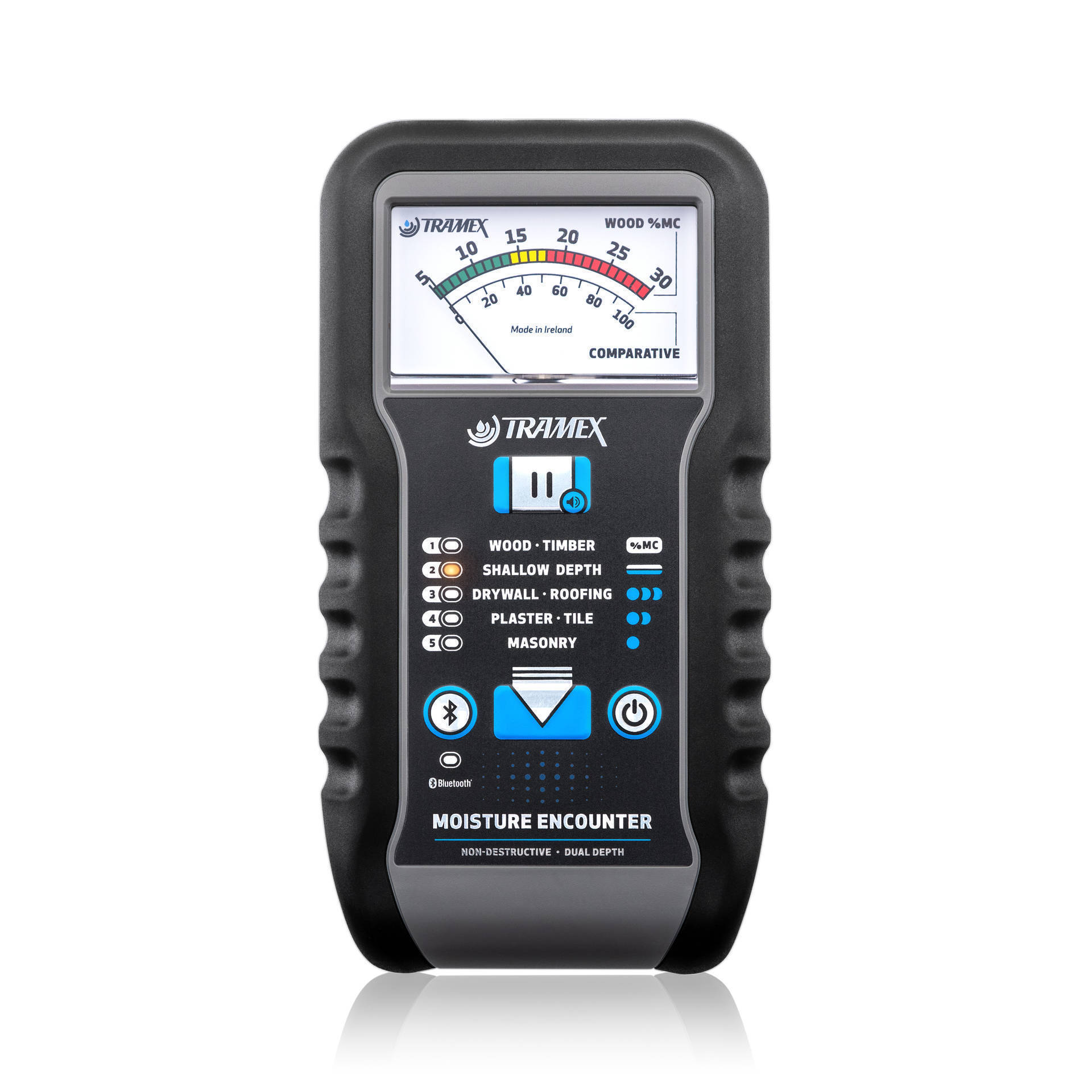Just how to Make Use Of a Moisture Meter to Identify Hidden Water Damage in Your Property
Just how to Make Use Of a Moisture Meter to Identify Hidden Water Damage in Your Property
Blog Article
Delve Into the World of Moisture Meters: Everything You Required to Know
In the world of wetness meters lies a globe of precision and functionality that frequently goes unnoticed. Comprehending just how moisture meters run, the different types available, and their diverse uses can lose light on their value in guaranteeing top quality and performance.
How Moisture Meters Work
Moisture meters operate by measuring the electric conductivity or capacitance of materials to figure out the wetness content existing. These meters are invaluable devices across various industries, consisting of agriculture, construction, and woodworking. By utilizing different approaches such as pin-type or pinless technology, moisture meters give exact readings that help experts make notified decisions.
Pin-type wetness meters function by placing the sharp pins into the product being tested. On the other hand, pinless dampness meters use electromagnetic signals to check a larger location without creating any damages to the material's surface area.
No matter of the method utilized, wetness meters play an important function in preventing issues such as mold and mildew growth, structural damage, or item flaws triggered by excess wetness. Recognizing just how these meters work is essential for making sure the quality and honesty of materials in various applications.
Sorts Of Moisture Meters
Given the vital role moisture meters play in numerous industries, it is necessary to understand the various kinds offered to experts for precisely analyzing moisture degrees - Moisture Meter. There are primarily 2 major kinds of dampness meters: pinless and pin-type moisture meters

On the various other hand, pinless moisture meters make use of electromagnetic sensing unit plates to scan a bigger location of the material without creating any kind of damage. This type appropriates for rapidly scanning big locations and is frequently made use of for floor covering, walls, and ceilings. Pinless meters are convenient for taking readings on finished surface areas without leaving any type of visible marks.
Both types of moisture meters have their benefits and are selected based on the particular requirements of the work available. Recognizing the distinctions between these kinds is important for professionals to make accurate moisture evaluations.
Applications Throughout Industries
With diverse capabilities, wetness meters locate widespread application throughout various markets, helping specialists in making sure ideal problems for products and frameworks. In the farming sector, wetness meters are important for establishing the moisture content in grains, seeds, and hay, guaranteeing high quality control and preventing mold development. Building and construction experts depend on moisture meters to assess the dampness degrees in building products like timber, concrete, and drywall, which is important for preserving architectural stability and stopping problems like rot or mold. The flooring industry utilizes moisture meters to measure the dampness web content in subfloors prior to mounting different floor coverings, avoiding costly damages due to excess moisture. In addition, in the food sector, wetness meters are used to keep track of and control moisture degrees in items such as grains, nuts, and dried fruits to keep freshness and top quality. In addition, moisture meters play a vital function in the remediation and damages assessment sector by aiding specialists recognize and resolve water damages in buildings quickly. Throughout these diverse markets, wetness meters are vital tools for making certain the high quality, safety, and long life of various products and products.
Tips for Making Use Of Moisture Meters
Use the wetness meter's calibration setups to guarantee accurate readings when determining the dampness web content in various materials. Calibration is critical for the correct functioning of a moisture meter. Before each use, it is recommended to inspect and change the calibration setups according to the details product being examined. Additionally, ensure the meter is set to the correct moisture range for the material you are measuring to obtain the most precise results.
When utilizing a pin-type moisture meter, insert the pins to the ideal deepness advised for the product being examined. This makes certain that the dampness readings are taken from the correct deepness within the material, giving a more accurate depiction of its wetness content. For pinless dampness meters, keep in mind to preserve proper call with the material's surface area to obtain trusted analyses.
Frequently check and change the batteries in your moisture meter to stop incorrect important source analyses due to reduced power. Store the meter in a secure and dry location when not being used to extend its life-span and preserve its precision. By complying with these pointers, you can make best use of the performance of your wetness meter and acquire precise moisture web content dimensions across various products.
Maintenance and Calibration
To guarantee the accuracy of moisture content measurements, regular maintenance and calibration of the moisture meter are important steps in its proper performance. Calibration readjusts the dampness meter to make sure that it supplies trustworthy and constant results.
Calibration needs to be done periodically, specifically if the wetness click here now meter is used often or in crucial applications where specific measurements are called for. By adjusting the moisture and keeping meter frequently, customers can trust the precision of the moisture material measurements acquired.
Verdict

To conclude, moisture meters play a vital duty in various markets by properly determining the dampness material of materials. Recognizing how these devices work, the various kinds readily available, and proper maintenance and calibration are vital for acquiring reliable results. Whether in production, farming, or building and construction, using dampness meters aids ensure quality assurance and efficiency in processes.

In final thought, moisture meters play a crucial duty in numerous markets by accurately gauging the wetness material of products.
Report this page